Este estado indio tiene una de las tasas de población activa femenina más alta del país. Ellas representan el 75% de mano de obra, cobran la mitad que los hombres y carecen de seguridad social y derechos laborales.
S. Rathinam, de 39 años, escapó de la muerte por los pelos aquella tarde. El 13 de febrero de 2021 tuvo que correr junto con centenares de personas para salvar su vida cuando una explosión sacudió la fábrica de pirotecnia en la que trabajaba en el pueblo de Achakulam, cerca de Sivakasi, al sur de Tamil Nadu. Un total de 26 personas, la mayoría mujeres, murieron, y varias resultaron heridas.
“Todo sucedió en un instante”, recuerda Rathinam. Como trabajadora en el sector de la pirotecnia en la región de Sivakasi, no era la primera vez que veía la muerte tan de cerca. Y puede que no sea la última.
El incidente se coló en la campaña durante las elecciones a la Asamblea, celebradas el 6 de abril. El líder de la oposición y jefe del Dravida Munnetra Kazhagam (Partido Progresista Dravídico), Mutuvel Karunanidhi Stalin, acusó al Gobierno de Edappadi K. Palaniswami de hacer caso omiso de los problemas crónicos de las peligrosas factorías de fuegos artificiales y cerillas del distrito. Entre febrero y marzo de 2021 hubo al menos cuatro explosiones en varias fábricas. Según datos facilitados por la Administración del distrito de Virudhunagar, 204 accidentes le robaron la vida a 298 personas e hirieron a otras 236 en la última década.
En sus discursos electorales, Palaniswami prometía regularizar el sector si su partido –All India Anna Dravida Munnetra Kazhagam (AIADMK)– resultaba reelegido.
Sin embargo, pocos prestan atención a una particularidad destacada de estas tragedias: las más afectadas son las mujeres mal pagadas, como Rathiam, que constituyen la columna vertebral de la industria pirotécnica. El 95% del trabajo en las factorías es manual e incluye desde el manejo directo de productos químicos al relleno, montaje, etiquetado y empaquetado de los petardos; y el 77% de quienes realizan estas peligrosas tareas son mujeres, según el informe Condiciones socioeconómicas de las trabajadoras de la industria fosforera publicado por el Ministerio de Trabajo en 2014-2015.
Las estructuras económicas, el sistema educativo y las iniciativas de desarrollo social de Tamil Nadu han asegurado durante décadas una tasa de participación femenina en la población activa (30%) superior a la media de India (19%), de acuerdo con los últimos datos disponibles recogidos en la Encuesta Periódica de Población Activa 2018-2019. Las de las zonas rurales del estado representan un porcentaje superior de la mano de obra (35%) que las de las zonas urbanas (24%), cifras que también superan a las medias nacionales de un 20% y un 16%, respectivamente.
Sin embargo, las mujeres de otras industrias de Tamil Nadu que cuentan igualmente con abundante mano de obra femenina (alrededor del 75-80%, según los líderes sindicales), como las de componentes para automóviles, electrónica y confección, también se quejan de que sus salarios son más bajos, sus jornadas laborales más largas y que se les niegan los derechos básicos.
Las empresas pequeñas y medianas situadas en el corredor industrial que rodea Madrás emplean a mujeres con contratos que permiten no aplicar subidas salariales y facilitan la contratación y el despido. Por otro lado, las de confección del oeste de Tamil Nadu, tienen un historial de prácticas de empleo y remuneración que las ponen a ellas en desventaja. Lo que tienen en común es la promesa de empleo remunerado para las mujeres; siempre que sean mano de obra joven, vulnerable y sin apenas derechos laborales.
Sivakasi, fuegos artificiales y falta de lluvia
La industria pirotécnica de Sivakasi nació fruto de la desesperación económica de una región sin apenas lluvias, con pocas reservas de agua subterránea y escasas opciones de empleo agrícola. La primera fábrica de fósforos se levantó en la década de 1920, después de que dos empresarios locales, P. Ayya Nadar y su primo, Shanmuga Nadar, viajasen a Calcuta para aprender cómo funcionaba la industria cerillera. Más tarde, la familia instaló también fábricas de fuegos artificiales y pirotecnia en la ciudad. Pronto surgieron imprentas y talleres de etiquetas para dar servicio a esas manufacturas.
Actualmente, las 1.070 fábricas pequeñas y medianas de Sivakasi representan casi el 90% de la producción de petardos y cerillas de India
Y familias enteras empezaron a trabajar para las factorías. “El resultado fue la generalización de una cultura de búsqueda de empleo no agrícola que involucraba a toda la unidad familiar y se traducía en altas tasas de participación en la población activa”, detalla el periodista Hamish Damoradan en su libro India’s New Capitalists: Caste, Business, and Industry in a Modern Nation. “Ya en el censo de 1991, mientras que el porcentaje promedio de población activa de Tamil Nadu era del 44%, en Sivakasi y en las secciones adyacentes rondaba el 60%, lo cual indica el considerable empleo de mano de obra femenina e infantil para complementar los ingresos familiares”.
Actualmente, las 1.070 fábricas pequeñas y medianas de Sivakasi representan casi el 90% de la producción de petardos y cerillas de India. La industria da empleo directo a 300.000 trabajadores, y a más de 500.000 a través de los sectores afines.
Tras la aprobación de una legislación estricta para reducir el uso miserable de mano de obra infantil, las fábricas de Sivakasi pasaron a contratar sobre todo a trabajadoras. Según el mencionado informe del Ministerio de Trabajo de 2014-2015, por entonces ya las mujeres representaban el 74% del total de las plantillas empleadas en la industria cerillera de Tamil Nadu y Kerala. Solo la primera aporta alrededor del 75% de la producción de fósforos de seguridad del país.
Una mujer cobra alrededor de 300 rupias diarias, (unos tres euros), mientras que los hombres de la familia reciben entre 600 y 800 rupias (entre siete y nueve euros)
Lo normal es que a las trabajadoras de las pirotecnias de Sivakasi se les pague la mitad del salario que cobran los hombres. Hemos comprobado que una mujer cobra alrededor de 300 rupias diarias, muy raramente 500 (entre tres y seis euros), mientras que los hombres de la familia ‒es frecuente que familias enteras realicen este trabajo‒ reciben entre 600 y 800 rupias (entre siete y nueve euros).
Manipular explosivos sin seguro
Las casetas donde se trabaja en Sivakasi son particularmente peligrosas debido a los múltiples incumplimientos de las leyes de seguridad en lo que concierne al alquiler, el número de trabajadores y la utilización de sustancias químicas autorizadas. Las licencias para productos pirotécnicos pequeños las expide el funcionario de ingresos del distrito (DRO, por sus siglas en inglés), mientras que la Organización de Seguridad del Petróleo y los Explosivos (PESO, por sus siglas en inglés), un organismo nodal que regula el uso de sustancias peligrosas como explosivos, gases comprimidos y petróleo, autoriza la producción de fuegos artificiales peligrosos de alta gama pensados para ofrecer un despliegue espectacular de luz y sonido.
Las licencias concedidas a los propietarios de pirotecnias difieren dependiendo de la naturaleza del trabajo que se lleve a cabo, los petardos producidos y los ingredientes utilizados. Las normas especifican el número de trabajadores por sala y el número de salas necesarias en función del volumen del material.
“Solo está permitido que trabajen cuatro personas en una caseta, pero en la temporada alta somos más de ocho”, denuncia G. Shanthi, una trabajadora de 30 años de una de las fábricas de Sivakasi.
Los trabajadores denuncian que las casetas están abarrotadas, y que las bolas de productos químicos se secan al sol, y no a la sombra (los productos con un alto contenido de azufre se tienen que secar antes de las 8.30 de la mañana para evitar accidentes). Durante la temporada álgida de actividad, las manufacturas subarriendan sus instalaciones a un contratista para aumentar su producción por encima del límite estipulado en la licencia, según el testimonio de ellas mismas. Las investigaciones de la explosión de febrero revelaron que los locales habían sido subarrendados a cinco personas. Una práctica ilegal.
Solo está permitido que trabajen cuatro personas en una caseta, pero en la temporada alta somos más de ocho”, denuncia G. Shanthi, una trabajadora de 30 años
La Asociación India de Fabricantes de Fuegos Artificiales (TIFMA, por sus siglas en inglés) reconoce que algunas factorías se saltan las normas de seguridad. “La principal causa de accidentes es, sin duda, el arrendamiento y subarrendamiento sin escrúpulos. Como asociación, lo máximo que hemos podido hacer es advertirles. El Gobierno debería intervenir y tomar medidas severas”, reclama T. Kannan, secretario general de la TIFMA.
En los últimos dos meses se han suspendido las licencias de 90 pirotecnias de Virudhunagar por incumplir las normas de seguridad, afirman los miembros de la asociación.
Un estudio publicado en la revista International Journal of Environmental Engineering and Management, los trabajadores de las fábricas también se quejan de dolores de cabeza crónicos, mareos y úlceras debido a los elevados niveles de exposición al manganeso. Los que trabajan sin mascarillas ni guantes, como ocurre en muchas factorías de Sivakasi, corren el riesgo de inhalar altas concentraciones de cromo, manganeso y plomo, todos ellos metales pesados que, según la Organización Internacional del Trabajo (OIT), conllevan el riesgo de padecer cáncer tras una prolongada exposición.
J. Kanagalakshmi, una trabajadora de 28 años de Kiliampatti, cerca de Sivakasi, se queja de que tiene menstruaciones dolorosas, irregulares y muy abundantes que atribuye al calor extremo y a la exposición a sustancias químicas en el trabajo. “A muchas que solo tienen algo más de 40 años les han tenido que extirpar el útero por esto. En las revisiones médicas en la fábrica nos aconsejan siempre que comamos fruta y azúcar de caña, pero no nos lo podemos permitir. Debería dárnoslo la empresa”, protesta.
“Hago 200 mechas al día por 500 rupias”
Igual que sus padres, Shanthi cobra 300 rupias al día (algo más de tres euros), pero no es un salario estable. Depende del volumen de trabajo que le dé su contratista. La joven es una trabajadora de segunda generación de una pirotecnia de Sivakasi. La educación les habría proporcionado a ella y a su hermana una vida mejor, señala, pero las dos se casaron con hombres del mismo pueblo, y ahora sus familias llevan más de una década dedicadas a esta labor.
Hasta hace un par de años, Kanagalakshmi trabajaba en una fábrica en la que su tarea consistía en rellenar tubitos químicos con barro para producir sofisticados fuegos artificiales con complicados efectos y sonidos. “Solía hacer unas 200 mechas al día, y ganaba 500 rupias (menos de seis euros). Pero el trabajo con el contratista era irregular. Algunos días no había nada”, cuenta. Ahora, en otra empresa le pagan solo 300 rupias diarias, su tarea es más fácil y tiene acceso a los lavabos, algo que no tenía antes.
Ahora trabaja en una fábrica en la que le pagan solo 300 rupias diarias (tres euros), pero el trabajo es más fácil y tiene acceso a los lavabos, algo que no tenía en su trabajo anterior
Eswari, de 32 años, está traumatizada por el recuerdo de una explosión en su antigua fábrica que mató y mutiló a sus amigas y compañeras. No consiguió regresar hasta pasados unos días de la tragedia. “¿Qué puedo hacer? Es el único empleo que he tenido en toda mi vida. No conozco otro. Trabajo mucho para que mis hijos reciban una buena educación y consigan algo mejor”, se resigna. Ese anhelo es lo que une a todas las obreras de Sivakasi.
Pero las familias a menudo “no tienen manera de escapar de la industria que antes ofrecía la tan necesaria movilidad económica ascendente a los trabajadores sin tierra y les ayudaba a abrirse camino por el sistema feudal de propiedad de la tierra”, observa Muniraj, un activista que se dedica a defender los derechos de los trabajadores desde que perdió a dos miembros de su familia en accidentes en las pirotecnias. “No ha habido ninguna mejora en sus condiciones laborales y muchas siguen trabajando en el sector al menos durante dos o tres generaciones”.
Hasta diciembre de 2020 el Gobierno de Tamil Nadu no creó una junta específica para las pirotecnias y las fábricas de cerillas “no organizadas”, como venían pidiendo los trabajadores desde hacía tiempo. El primer paso del organismo consistirá en asegurar que 62.661 obreros ‒tan solo el 12% de la mano de obra del sector‒ que ya forman parte de la Junta de Bienestar de los Trabajadores Manuales del estado, reciban ayudas. El Gobierno anunció que se animará a los trabajadores informales a registrarse gratuitamente. “Cada año recurrimos a los tribunales contra la prohibición de los petardos. Quienquiera que forme el Gobierno de Tamil Nadu debe garantizar una solución permanente a este asunto”, reclama Kannan, de la TIFMA.
A medida que el coro de voces que pide la prohibición de los fuegos artificiales se vuelve cada año más sonoro con múltiples demandas judiciales, crece la preocupación de las trabajadoras por su futuro. “Desde la mera supervivencia hasta la búsqueda de un empleo remunerado, tenemos la sensación de estar viviendo siempre al límite”, se lamenta Shanthi.
El Gobierno tiene que intervenir en representación de los empleados, opina Kannan. “No han hecho nada por el bienestar de los obreros de las pirotecnias, aunque genere un volumen de negocio de 25.000 millones de rupias (casi 300.000 euros)”, se queja el secretario general de la asociación. “Teniendo en cuenta que se trata de un trabajo peligroso, el Gobierno debería garantizar que las fábricas cumplan estrictamente las normas establecidas y proporcionen la seguridad social necesaria”.
Contratos “manipuladores”
En Tamil Nadu también se violan los derechos laborales en otros sectores en los que predomina la mano de obra femenina. En concreto en dos de ellos: la industria auxiliar situada en las afueras de Madrás, y las fábricas de confección de la zona oeste del estado.
Ruby (un nombre ficticio para proteger su identidad) es una contratada en una factoría de componentes para automóviles de Maraimalai Nagar clasificada en la categoría de fabricante de equipos originales (OEM, por sus siglas en inglés). Ruby, cuya familia vive de su sueldo, trabaja en una cadena de montaje que fabrica los sistemas de cableado de los volantes.
La creciente externalización de la contratación de la mano de obra en India está teniendo como consecuencia el descenso de los salarios, la reducción de las prestaciones y el deterioro de las condiciones laborales
Los trabajadores de estas fábricas, el 75% de los cuales son mujeres ‒como informaron diversos empleados de las OEM‒, son reclutados por agencias externas que les pagan los salarios y se encargan de garantizar otras prestaciones a los empleados de estos centros. Las entrevistadas declararon que sus sueldos se mantienen durante años prácticamente igual de bajos que cuando entraron, y que no tienen seguridad laboral ni oportunidades de progresar. “En la fase de formación cobraba 8.000 rupias (90 euros); cuatro años después mi sueldo es de 10.000 rupias (111 euros) nada más”, afirma.
La creciente externalización de la contratación de la mano de obra en India está teniendo como consecuencia el descenso de los salarios, la reducción de las prestaciones y el deterioro de las condiciones laborales, así como menos responsabilidades para las empresas, a pesar de que estas están aumentando su beneficios, como informaba IndiaSpend en marzo de 2019.
Coser y denunciar
La industria textil y de la confección de Tamil Nadu, concentrada en gran parte en los distritos al oeste del estado, tiene un historial de prácticas de explotación de la mano de obra que han provocado denuncias por los bajos salarios, jornadas laborales excesivas, violencia física y sexual, restricción de movimientos y la denegación del derecho a la sindicación.
Poco después de acabar el instituto, G. Kokila, de 20 años, empezó a trabajar en una hilandería del distrito de Dindigul, en Tamil Nadu, por 230 rupias diarias (poco más de dos euros). Cuatro años después gana 300 (tres euros). Antes, el sector era conocido por su represivo Plan Sumangali, el cual obligaba a las jóvenes solteras a trabajar por un pago único de entre 30.000 rupias (335 euros) y un lakh en concepto de compensación por los gastos de la boda. Las mujeres no cobraban sueldo ni recibían otras prestaciones como el fondo de previsión o el seguro estatal para empleados.
Estas prácticas han sido sustituidas por otras que solo han cambiado el carácter de la explotación. Mediante planes como el Pradhan Mantri Kaushal Vikas Yojana y el Deen Dayal Upadhayaya Grameen Kaushalya Yojana, integrados en la iniciativa India Skill, muchas jóvenes de este y otros estados ‒Odisha, Assam, Bengala Occidental y Bihar‒ son traídas a las hilanderías y fábricas de confección de Tamil Nadu. “Las normas y los métodos en vigor en las décadas de 1980 y 1990 como parte del plan [Sumangali] se han modificado para adaptarlas a estrategias más flexibles, como contratar a chicas de entre 16 y 18 años y mantenerlas solo uno o dos años”, revela S. Thivya, del Sindicato del Textil y el Trabajo Común de Tamil Nadu.
Srinivasan, un trabajador de campo de la Alianza Tamil Nadu, una coalición de organizaciones de la sociedad civil que lucha por la mejora de las condiciones del sector textil, denuncia que a las jóvenes se las contrata como aprendices y se las hace trabajar turnos de más sin remuneración adicional. Según el activista, “en la mayoría de los casos, los guardas de los albergues son los encargados de las tarjetas bancarias de las trabajadoras, en las que se les abonan los salarios”.
Este artículo se realizó en colaboración con Behanbox, una plataforma digital para el periodismo de género, y fue publicado originalmente en IndiaSpend.
Fuente: https://elpais.com/planeta-futuro/2021-05-20/india-las-mujeres-explotadas-de-tamil-nadu-en-las-mil-fabricas-pirotecnicas.html
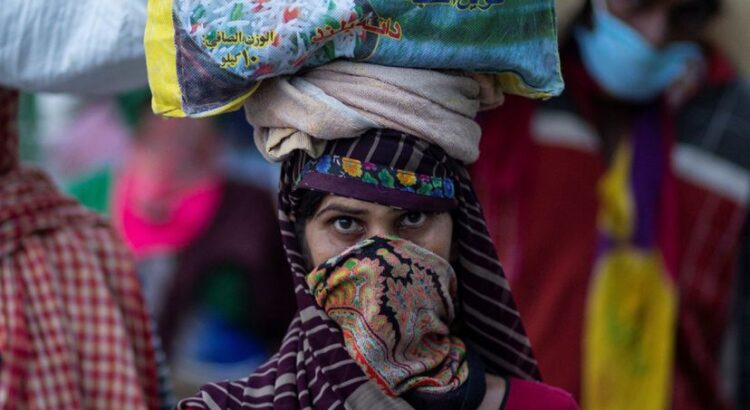
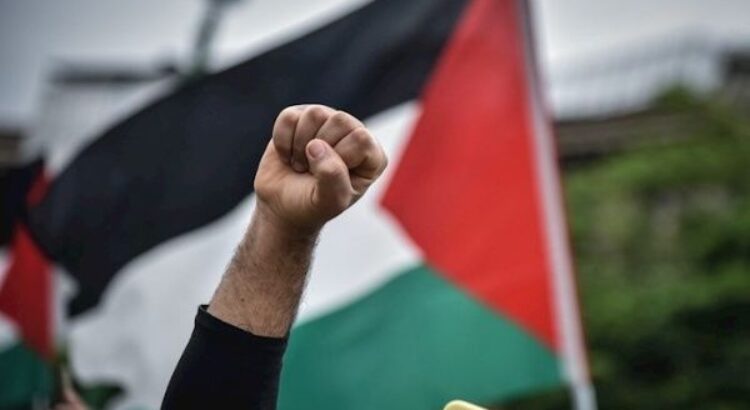
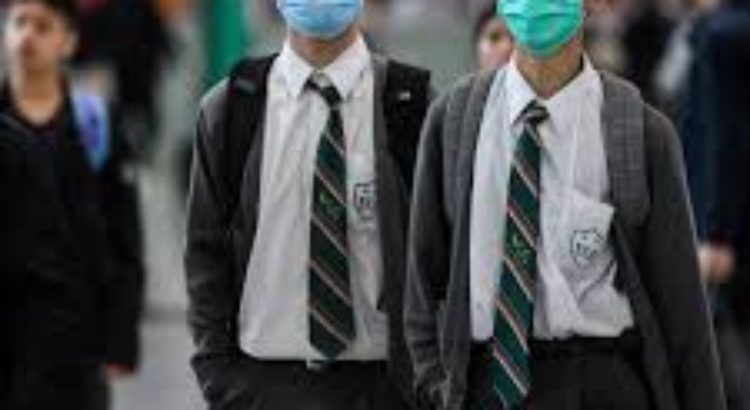
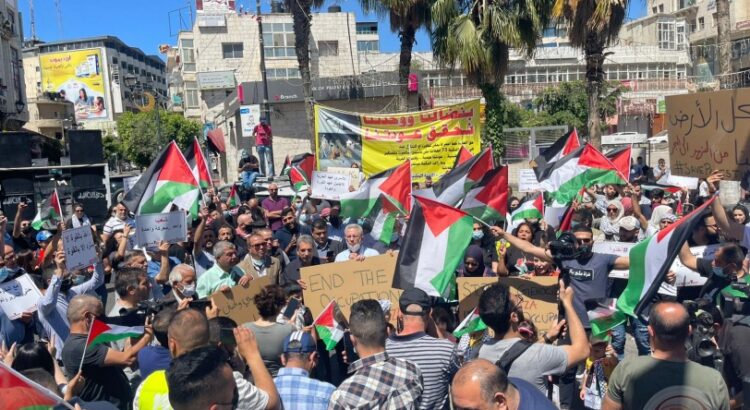

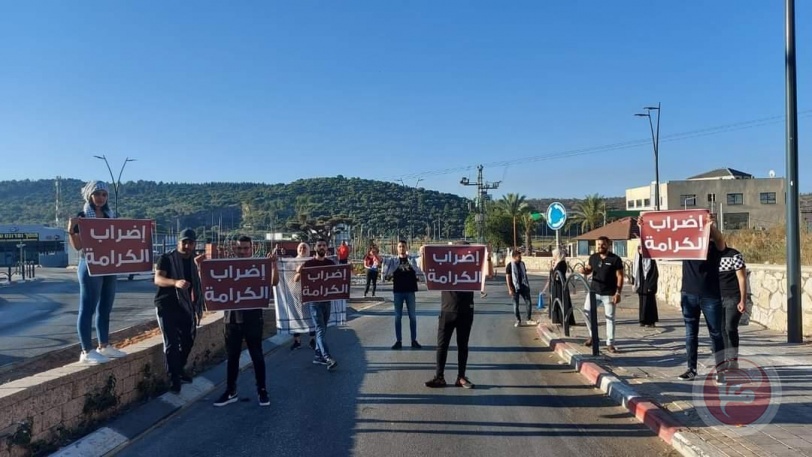
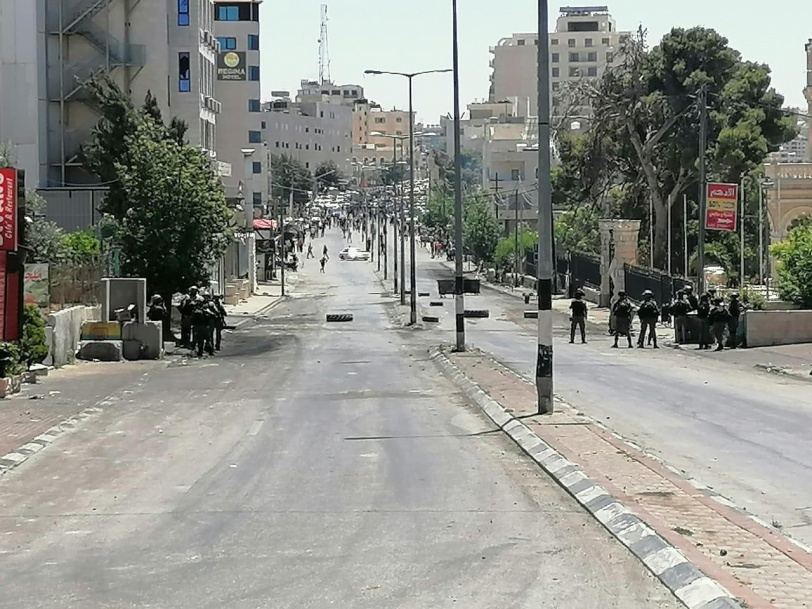

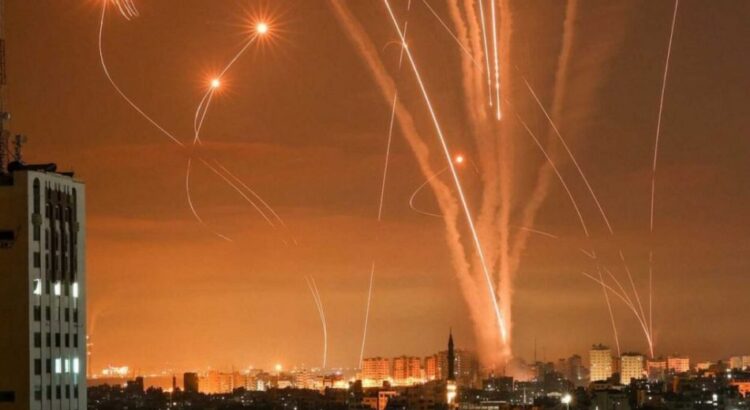
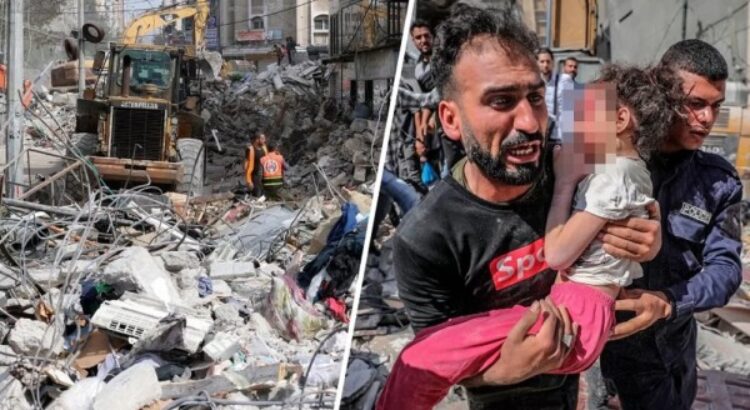






 Users Today : 13
Users Today : 13 Total Users : 35460396
Total Users : 35460396 Views Today : 26
Views Today : 26 Total views : 3419189
Total views : 3419189